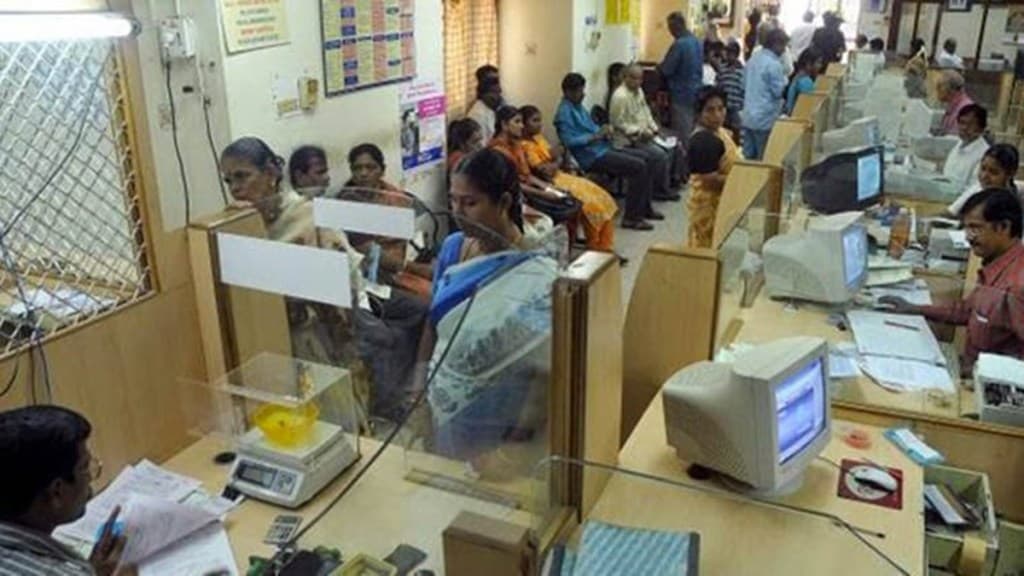Lenders have become cautious while providing loans to new-to-credit customers at a time when interest rates are on the rise. Loan origination volumes in the new-to credit segment fell to 15% as on September 30, from 21% as on September 30, 2020. in the year-ago period, a recent report from TransUnion CIBIL showed.
“With rising interest rate, lenders tend to be conservative and even more cautious when it comes to lending to new-to-credit customers,” said Kotak Mahindra Bank group president and consumer banking head Virat Diwanji.
According to him, post COVID, there was a pent-up demand across segments and this saw greater need for credit across customer segments, across products. With availability of alternate data to make some informed decision on lending, banks, NBFC and fintechs were earlier keen to garner market share in this customer segment.
Also read: FE SMExports Summit 2023: India’s top MSME voices share blueprint for scaling up exports
At the same time, origination volume to the prime customer segment rose to 38% as on September 30, from 33% as on September 30, 2020. Loan approval rates for new-to-credit customers fell to 26% as on September 30 from 33% as on September 30, 2020, the report showed.
Typically, new-to-credit consumers are those with no prior credit history on their credit bureau file. These have likely opened their first-ever, traditional credit product such as a consumer durable loan, personal loan, agricultural loan, two-wheeler, gold loan, home loan, or other credit product.
With the onset of COVID-19, lenders have been utilising alternate data sources and customer’s digital footprints to make lending choices, and have in the process, become more picky in terms of whom they lend to, say experts.
In addition to this, the Reserve Bank of India has tightened norms for digital lenders in recent months, following which, many of these entities have pulled back on lending to new customers.
“I have to believe credit standards are being raised as liquidity tightens and a flight to quality begins. Also, the RBI has tightened norms on digital lenders, when many of them had ramped up their personal loan disbursals,” says Sundaram Finance managing director Rajiv Lochan.
In addition to personal loans, lenders have also turned cautious on providing unsecured credit to small enterprises.
“Change in new-to-credit mix is a reflection of severe impact on specific sectors such as hospitality and education as well as general caution in lending to small MSMEs whose repayment ability has been impacted due to pandemic,” Anuj Pandey, chief risk officer, U GRO Capital, said.
“Having said that, loans to the new-to-credit segment have started showing growth on a quarter-on-quarter basis, and if market conditions remain favourable, one remains optimistic about returning to pre-Covid levels in the future,” he added.

